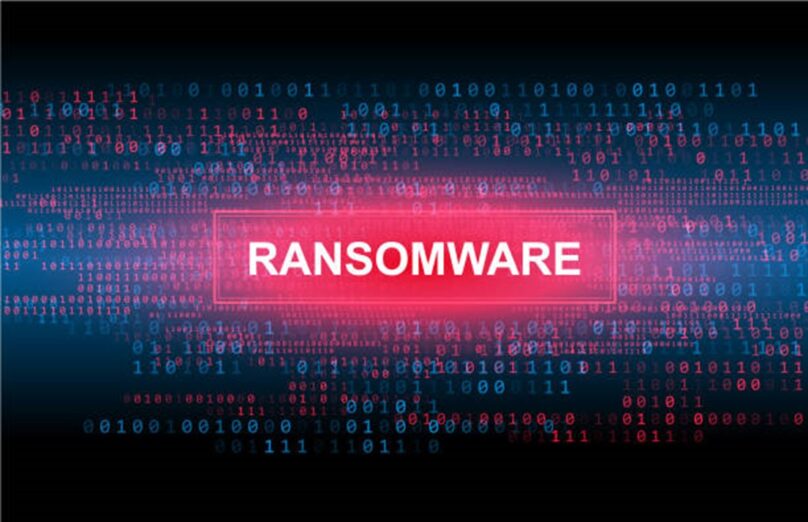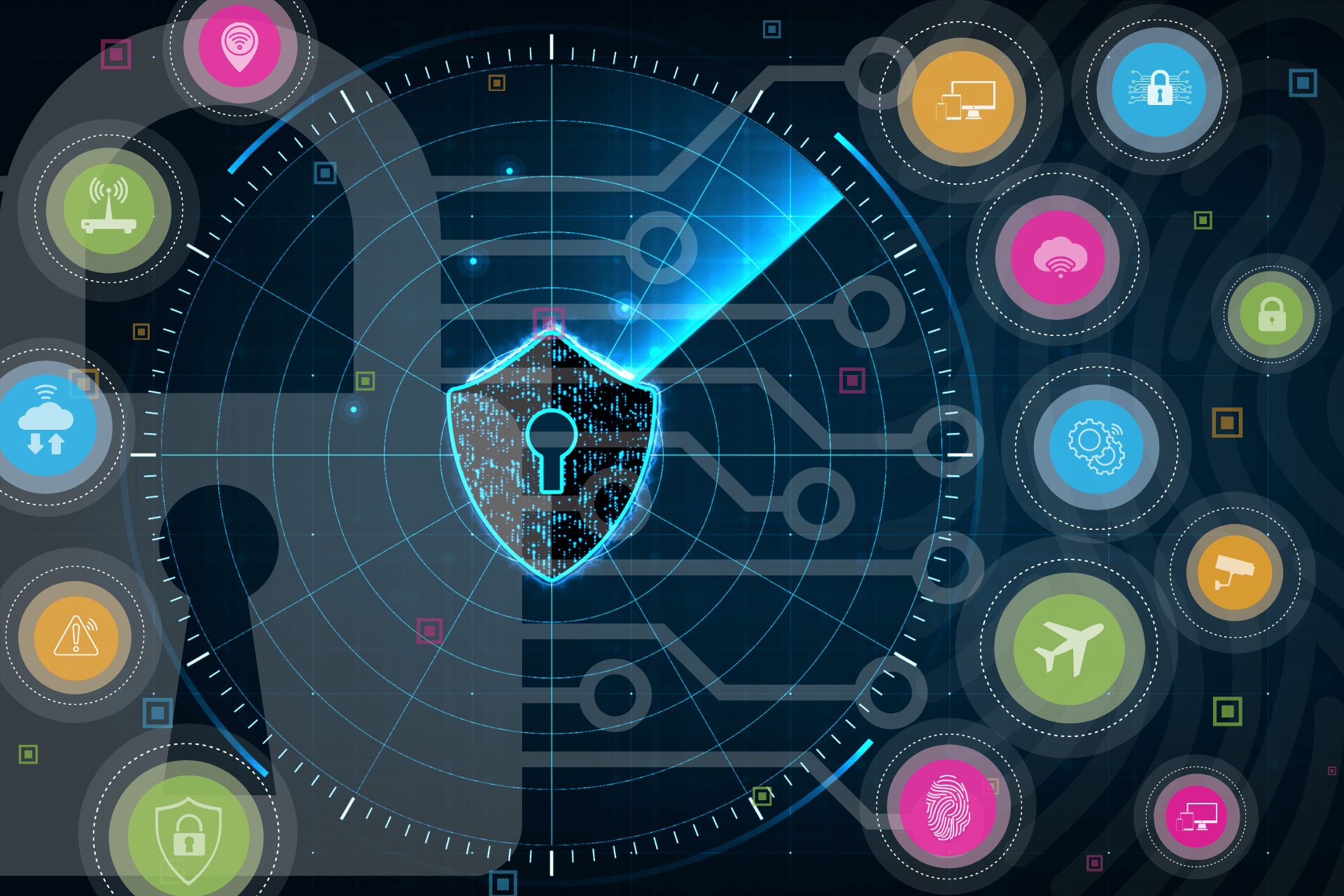The healthcare industry is experiencing a growing threat from cybercriminals who target the vast array of personal and sensitive data it holds. This data encompasses not only medical records and treatment histories but also financial information, creating a lucrative target for malicious actors.
As a result, healthcare organizations face an urgent need to bolster their cybersecurity defenses to safeguard against data breaches and cyberattacks. With the rapid evolution of technology and the increasing sophistication of cyber threats, staying abreast of the latest trends in cybersecurity is paramount for protecting medical data.
One significant trend in healthcare cybersecurity is the rise of ransomware attacks targeting medical institutions. These attacks involve hackers encrypting sensitive data and demanding payment for its release, posing a significant threat to patient care and organizational continuity.
Moreover, the proliferation of connected medical devices presents new avenues for cyber threats, as these devices often lack robust security measures, making them vulnerable to exploitation by hackers.
Additionally, insider threats, whether intentional or accidental, continue to pose a significant risk to medical data security, highlighting the importance of robust access controls and employee training programs.
To address these challenges, healthcare organizations must adopt a multi-faceted approach to cybersecurity. This includes implementing robust encryption protocols to protect sensitive data, deploying intrusion detection systems to monitor network traffic for suspicious activity, and conducting regular security assessments to identify and address vulnerabilities.
Furthermore, collaboration with trusted revenue cycle vendors can enhance cybersecurity efforts by ensuring the integrity and security of financial data, mitigating the risk of fraud and data breaches.
Table of Contents
The Escalating Threat Landscape

The digitization of healthcare records and the adoption of digital health technologies have significantly improved the efficiency and quality of patient care. However, this digital transformation has also expanded the attack surface for cyber threats.
Data breaches can have devastating consequences, from financial losses for healthcare providers to severe privacy violations and potential health risks for patients. Consequently, staying abreast of cybersecurity trends is not just a matter of regulatory compliance but a critical component of patient care and trust.
The Rise of Ransomware Attacks

Ransomware attacks have become alarmingly common in the healthcare sector, with cybercriminals locking healthcare providers out of their systems and demanding hefty ransoms for data release. These attacks not only jeopardize patient data but also disrupt healthcare operations, potentially putting lives at risk.
The trend toward more targeted and sophisticated ransomware campaigns requires healthcare organizations to implement comprehensive security measures, including regular data backups, ransomware detection tools, and employee training on phishing and other common attack vectors.
Increasing Use of Artificial Intelligence and Machine Learning
Cybersecurity professionals are leveraging artificial intelligence (AI) and machine learning (ML) to predict and preempt cyber attacks. These technologies can analyze vast amounts of data to identify patterns indicative of a cyber threat, enabling real-time threat detection and response.
However, it’s worth noting that cybercriminals are also using AI and ML to develop more sophisticated attack methods, creating an ongoing arms race between attackers and defenders.
IoT and Device Security

The Internet of Medical Things (IoMT) has transformed patient care, allowing for real-time monitoring, telehealth, and personalized medicine. However, each connected device represents a potential entry point for cybercriminals. The diversity and quantity of these devices pose significant security challenges, as many lack built-in security features.
Ensuring the security of IoMT devices including those used in w, requires a comprehensive approach, including regular security updates, secure device authentication methods, and network segmentation to limit potential damage from breaches.
Cloud Security
As healthcare organizations increasingly rely on cloud services for data storage and applications, ensuring the security of cloud-based systems is paramount. Cloud security trends include the adoption of zero-trust architectures, which assume that no entity within or outside the network is trustworthy without verification. Additionally, healthcare organizations are implementing enhanced encryption methods and multi-factor authentication to protect data in the cloud.
Regulatory Compliance and Data Privacy

Regulations such as the Health Insurance Portability and Accountability Act (HIPAA) in the United States and the General Data Protection Regulation (GDPR) in the European Union set strict standards for medical data protection.
Compliance with these regulations is a significant trend in healthcare cybersecurity, driving organizations to adopt best practices in data privacy and security. However, navigating the complex regulatory landscape remains a challenge, requiring ongoing vigilance and adaptation to changes in the legal framework.
The Human Element
Despite advances in technology, the human element remains a critical vulnerability in cybersecurity. Social engineering attacks, such as phishing, exploit human psychology to gain unauthorized access to systems. Educating healthcare staff about the importance of cybersecurity and training them to recognize and respond to cyber threats is essential. Creating a culture of security within healthcare organizations is a trend that underscores the importance of human vigilance in the fight against cybercrime.
Collaboration and Information Sharing

Collaboration and information sharing between healthcare organizations, cybersecurity experts, and government agencies are crucial trends in combating cyber threats. By sharing intelligence about threats and best practices for defense, the healthcare sector can collectively enhance its cybersecurity posture. Public-private partnerships and industry consortia are playing an increasingly important role in this collaborative effort.
Challenges in Medical Data Protection
Despite the progress in cybersecurity measures, healthcare organizations face several challenges in protecting medical data. These include the rapid pace of technological change, which can outstrip security measures; the need for balance between data accessibility for patient care and data security; and resource constraints, particularly for smaller organizations with limited cybersecurity budgets.
Conclusion
Cybersecurity in healthcare is a dynamic and complex field, requiring continuous attention to evolving threats and trends. The rise of ransomware, the adoption of AI and ML in cybersecurity, the proliferation of IoMT devices, cloud security, regulatory compliance, the human element, and collaboration are all significant trends shaping the protection of medical data.
As the healthcare industry continues to embrace digital transformation, developing and implementing robust cybersecurity strategies will remain paramount in safeguarding patient information and ensuring the delivery of safe, reliable patient care.
The path forward involves not only technological solutions but also a comprehensive approach that includes education, regulatory compliance, and industry collaboration to effectively combat cyber threats and protect the invaluable asset of patient data.













